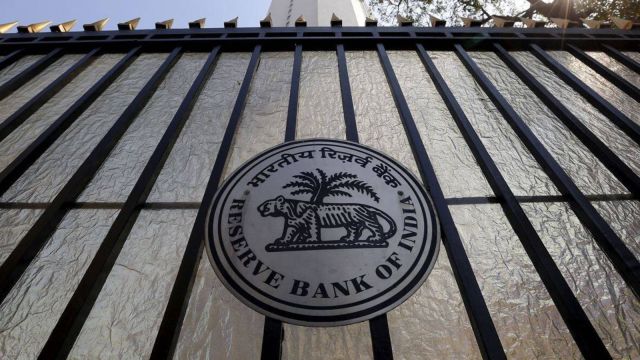RBI trade relief measures: From loan moratorium to credit tenor extension, central bank offers support to exporters amid global trade disruptions
The announcement comes days after US President Donald Trump said the US will bring down tariffs on India, and that Washington is “pretty close” to reaching a “fair trade deal” with New Delhi.
 RBI also announced relaxation in the repayment of export credit by enhancing the maximum credit period from 270 days to 450 days for pre-shipment and post-shipment export credit disbursed till March 31, 2026.
RBI also announced relaxation in the repayment of export credit by enhancing the maximum credit period from 270 days to 450 days for pre-shipment and post-shipment export credit disbursed till March 31, 2026.In a move aimed at providing relief to exporters facing debt servicing issues caused by global trade disruptions, the Reserve Bank of India (RBI) on Friday rolled out a set of trade relief measures, including debt moratorium, effective immediately, the central bank said on Friday.
The measures — including moratorium to eligible borrowers, extension of export credit tenor and relaxation in asset classification — are applicable to RBI’s regulated entities, including commercial banks, non-banking financial companies (NBFCs), primary co-operative banks, all-India Financial Institutions.
The announcement comes days after US President Donald Trump said the US will bring down tariffs on India, and that Washington is “pretty close” to reaching a “fair trade deal” with New Delhi. India currently faces 50 per cent tariffs, the highest on any country globally, primarily due to the ‘penalty’ duty of 25 per cent for purchasing Russian oil.
Sectors and articles such as organic chemicals, plastic, rubber, leather, carpets, apparel and clothing accessories, footwear, articles of iron or steel, nuclear reactors, boilers, and electrical machinery and equipment and parts, are eligible for the RBI’s ‘Trade Relief Measures’.
Loan moratorium with simple interest accrual
To ease the burden on debt repayments on specific impacted sectors, the RBI announced moratorium on or deferment of payment of all of term loans and recovery of interest on working capital loans, as applicable, falling due between September 1, 2025, and December 31, 2025.
“During the moratorium or deferment period, interest shall continue to accrue. However, interest application shall be on simple interest basis, without compounding effect, i.e., there shall be no interest on interest,” the RBI said.
The accumulated accrued interest during moratorium or deferment period will be converted into a funded interest term loan which shall be repayable in one or more instalments after March 31, 2026, but not later than September 30, 2026.
In case of working capital facilities, a regulated entity may, at its discretion, recalculate ‘drawing power’ by reducing the margins or reassess the working capital limits, during the effective period, the RBI said.
Maximum export credit period extended
The regulator also announced relaxation in the repayment of export credit by enhancing the maximum credit period from 270 days to 450 days for pre-shipment and post-shipment export credit disbursed till March 31, 2026.
In respect of packing credit facilities already availed by exporters on or before August 31, 2025, where dispatch of goods could not take place, a regulated entity may allow liquidation of such facilities from any legitimate alternate sources, including domestic sale proceeds of such goods or substitution of contract with proceeds of another export order, it said.
Asset classification and provisioning
The RBI added the moratorium period or deferment, wherever granted, will be excluded by the regulated entities while calculating the number of days past-due (dpd) for the purpose of asset classification under the applicable Income Recognition, Asset Classification and Provisioning (IRACP) norms.
Under these directions, grant of moratorium or deferment of instalments and recalculation of the ‘drawing power’ will not be treated as restructuring. The RBI also directed Credit Information Companies (CIC) to ensure that the actions taken by regulated entities following these directions should not adversely impact borrowers’ credit history.
The regulator said for eligible borrower accounts that were in default but classified as ‘standard’ as on August 31, 2025, and where relief measures have been extended, a general provision of not less than 5 per cent of the total outstanding should be made by December 31, 2025.
RBI said regulated entities should develop an MIS on the relief provided to borrowers. It will include inter alia borrower-wise and credit facility-wise information regarding the nature and amount of relief granted. They should submit a fortnightly report (as on 15th and at the end of each month), to the RBI.
The regulator also announced relief in Foreign Exchange Management Act (FEMA) regulation on realisation and repatriation of proceeds of export of goods/ software/ services and advance payment against exports.
An extension has been offered in the time period for realisation and repatriation of full export value of goods, software, services exported from India from nine months to 15 months from the date of export from India
There will be an increase in the time period for shipment of goods from one year to three years from the date of receipt of advance payment, the RBI said.


- 01
- 02
- 03
- 04
- 05





























